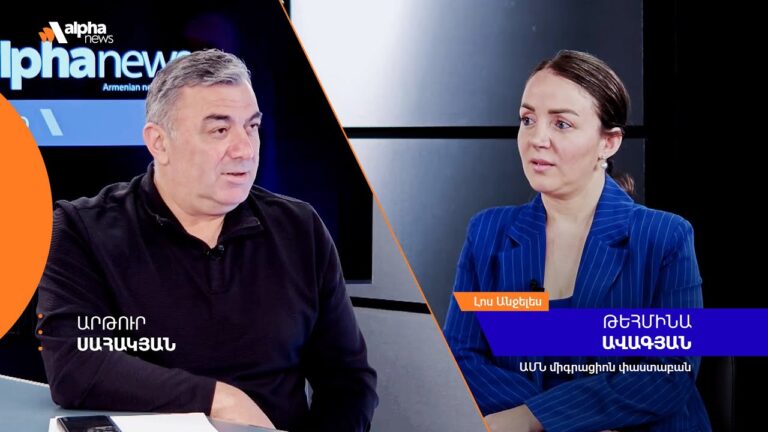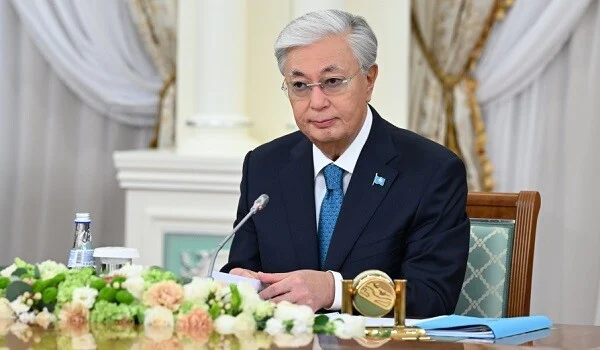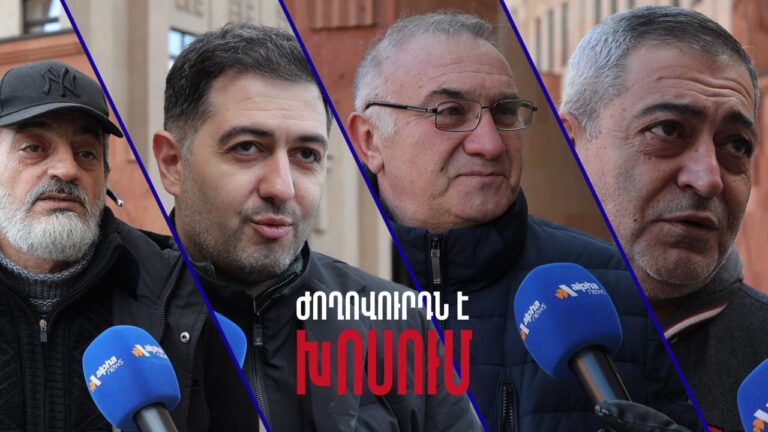What will Pashinyan’s conduct be like after the turning point on the Ukrainian front?
December 01 2023, 11:47
Over the past few weeks, we have witnessed a number of very remarkable events that are unfolding in the context of the war in Ukraine – the largest Western media say that the time has come to stop magical thinking about Russia’s defeat (The Wall Street Journal), the military leadership of Ukraine recognized not only the failure of the counter-offensive, but also stated that the war had become positional (The Economist); moreover, the confrontation within the military and political leadership of Ukraine becomes clearer.
Contrary to the loud statements coming from the West in February-March, and especially in September 2022, a fundamental change in the situation was emerging at the front, and the Russian army began to move forward, responding to the Ukrainian counter-offensive with its own offensive. The “iron curtain” around Russia began to collapse as well.
Russian President Vladimir Putin spoke at the G20 summit for the first time in two years. Russian Foreign Minister Sergey Lavrov arrived in Skopje to participate in a meeting of foreign ministers of the Organization for Security and Cooperation in Europe (OSCE), and this trip to Europe was Lavrov’s first since special operations in Ukraine, not counting his visits to Belarus and Turkiye.
And in general, the voices in the West have started to call for a constructive dialogue with Russia. This situation cannot but affect Armenia, since the Armenian government itself has tied its foreign policy to the situation on the Ukrainian front.
In September 2022, Russian troops withdrew from the Kharkov region; in November, they left Kherson, and it was during this period that Nikol Pashinyan decided to “abandon the sinking Russian ship,” decided to abandon the agreement of November 9, 2020, and on October 6 in Prague, recognized Artsakh as part of Azerbaijan.
And the entire subsequent foreign policy tactics of Pashinyan, his political team, the media, and experts supporting him were built around the idea that “the Russian ship is sinking” and we need to “get on the train of the bright West” in order not to end up under the ruins of a collapsing empire. The Armenians of Artsakh have already paid the highest price for this geopolitical miscalculation of Pashinyan, but the question is: what will Pashinyan’s conduct be like after the turning point on the Ukrainian front and on the diplomatic field?
The issue is much more serious than it might seem at first glance. If we abstract from Western propaganda, which at the beginning of the hot phase of the conflict in Ukraine convinced the people that “Russia attacked Ukraine, since Putin is a bloodthirsty dictator,” then it becomes obvious that Russia was deciding a number of strategically important issues for itself.
As Fyodor Lukyanov, editor-in-chief of “Russia in Global Affairs” magazine, noted, the immediate reason for the hostilities was the failure to comply with the requirements of long-term security guarantees put forward by Russia in December 2021. Moscow summed up all its claims against the Western military-political system that arose after the Cold War and presented them in ultimatum form. The ultimatum was not accepted, leading to the “military-technical measures.”
Russia also began military operations in Ukraine to consolidate its zone of influence in Eurasia, or, as reputable Russian economists and government officials say, to establish the boundaries of its ruble currency zone.
If we take into account Russia’s success on the battlefield and the fall of the “iron curtain” around the country, this means that not only is the ruble currency zone becoming more and more tangible, but also that the collective West is following the path of dialogue with Russia, which also implies the fulfillment of the strategic requirements of Russia, which pushed the country to hostilities.
If you look at the situation from this point of view, then the strategic course that Pashinyan took in the fall of 2022 seems not only ridiculous but also dangerous. The Armenian authorities want to “get on a train,” which, figuratively speaking, has already left a long time ago.
But what, or who, are the Armenian authorities counting on? It has already been said many times that the Armenian authorities are trying to integrate the country into the Turkic world, since only in this case can Pashinyan and his team personally have a political future. And on this path, the Armenian authorities are looking for mediators who will help implement this project, and judging by the latest activity of official London, it is Great Britain that is perceived as the main “broker” on this path.
Does this situation remind you of anything? In 1920, during the period of the actual Sovietization of Transcaucasia, the Bolshevik leadership of Russia negotiated with both the Turkish and Armenian authorities. People’s Commissar for Foreign Affairs Georgy Chicherin and diplomat Lev Karakhan, while negotiating with the Armenian authorities, convinced them that they could “find a solution to acute problems with Turkiye” (at that time, by the way, there was also a problem of communication through the territory of Armenia), but the only thing they expected from Armenia was to abandon the pro-Western orientation and not to sign the Treaty of Sèvres, which will be nothing more than joining the alliance of countries at war against the young Bolshevik state.
The Armenian authorities rejected this proposal from Chicherin and Karakhan because they had already been convinced that the stories about Armenia within the borders of 160 thousand square kilometers were real. As a result, on August 10, 1920, Armenia signed the Sèvres Peace Treaty, according to which it received a territory with an area of 160 thousand square kilometers, while another delegation from Armenia signed an agreement in Tiflis with representatives of Soviet Russia.
With this step, the Armenian government wanted to establish partnerships both with the collective West, primarily with Washington, London and Paris, and with Moscow. But in fact, Yerevan, through its actions, completely ruined its relations, both with London and the West in general and with Moscow.
In London, Yerevan’s actions were regarded as a “betrayal of the interests of the Entente countries”, due to the fact that Armenia agreed to provide land communication between the Bolsheviks and the Kemalists, and Moscow regarded Yerevan’s signature under the Treaty of Sèvres as a hostile act towards Moscow since Yerevan, according to the Bolsheviks, voluntarily became part of the anti-Bolshevik coalition.
As a result of all this, on September 27, 1920, Turkiye started a war against Armenia. In two months, the country’s authorities lost control over about 70 percent of their territories. At the same time, the Entente countries “slightly forgot” to help their newly-made ally, and Moscow demanded that Yerevan abandon the Treaty of Sèvres because Bolshevik Russia cannot help a country that is an ally of its enemies.
The similarity of the situation cannot but frighten… That is why the question of how Pashinyan will behave after the turning point on the Ukrainian front becomes relevant today.







